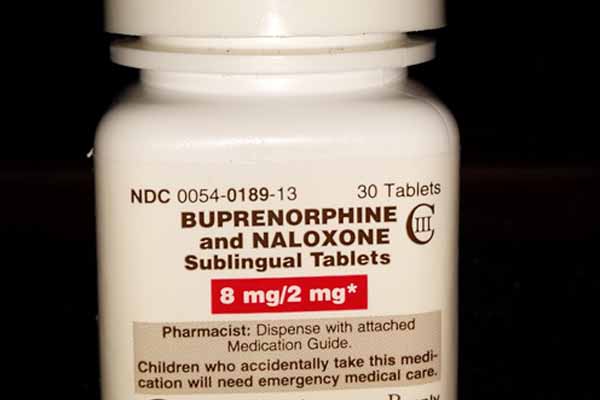
The U.S. government recently ended a major restriction on prescribing buprenorphine, one of the most effective medications for treating opioid use disorder.
Passage of the Consolidated Appropriations Act of 2023 swept away the need for an “X waiver” for physicians or other health care professionals to be able to prescribe the medication, according to the Drug Enforcement Administration (DEA).
Since 2000, physicians have been required to obtain an X waiver under the Drug Addiction Treatment Act. Among other things, the waiver required physicians to take an eight-hour training program before being able to prescribe buprenorphine. Other health care professionals had to take 24 hours of training.
“On top of that, it gave the DEA authority to visit physician practices unannounced to specifically audit buprenorphine prescribing,” said Carlos Tirado, MD, an Austin addiction psychiatrist and member of TMA’s Subcommittee on Behavioral Health. “It created an adversarial environment in which physicians experiencing these DEA on-site practice audits often felt that they were being treated like criminals for treating a chronic medical condition.”
A 2021 rule change by the U.S. Department of Health and Human Services allowed physicians to opt out of the eight-hour training – though they still had to obtain the waiver and face audits. Also, those who opted out could treat only 30 patients with buprenorphine for opioid use disorder.
The Consolidated Appropriations Act eliminates X waivers entirely, including special audits or restrictions on the number of patients, according to the Substance Abuse and Mental Health Services Administration (SAMHSA).
“All practitioners who have a current DEA registration that includes Schedule III authority, may now prescribe buprenorphine for opioid use disorder in their practice if permitted by applicable state law and SAMHSA encourages them to do so,” the agency said.
Complex cases of opioid addiction – like those with underlying problems with mental health or infectious disease – will still require input from addiction specialists, Dr. Tirado says. But eliminating the X waiver will make it easier for primary care physicians to initiate care or maintain care for patients who are stable on the medication.
Buprenorphine is a partial opioid receptor agonist that partly activates opioid receptors in the brain (compared with full agonists like methadone and heroin, which activate receptors completely). The medication is designed to stop cravings for opioids.
Buprenorphine also is frequently used in anesthesia and to treat pain, and its qualities as a pain treatment have often been overlooked, says Houston pain specialist Larry Driver, MD.
“Hopefully now, people will recognize that it can be used effectively in treating pain,” he said. “But the other thing is, it’s not uncommon that we have a chronic pain patient who has the chronic disease of addiction. So, something like buprenorphine is a medication that can address two issues with one drug.”
Buprenorphine was singled out among opioids for the X waiver because of political and law enforcement concerns over providing access to opioid replacement therapy to patients with opioid addiction, Dr. Tirado says.
“There were unfounded beliefs that providing more access to buprenorphine would lead to pill mills or other forms of inappropriate prescribing,” he said.
In fact, buprenorphine is a powerful tool for physicians to combat opioid use disorder.
“Restricting buprenorphine during the worst opioid crisis of our lifetimes probably contributed to making the opioid epidemic worse,” he said.